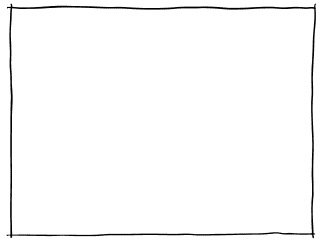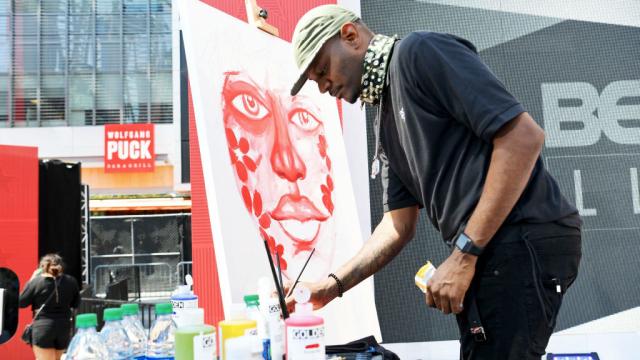If you’re the type of person who shies away from sketching anything more involved than googly eyeballs or a stick figure on the back of a napkin, it might be more due to a lack of confidence in your artistic ability than some fundamental lack of talent. But nailing the basics can change your outlook on the seemingly Sisyphean task of learning the art of art (it just takes a bit of patience).
Designer and artist Ralph Ammer believes anyone can improve their artistic ability, as long as they understand what makes a good drawing. “The basic craft of drawing is about two things: You learn to control your hand and to see,” Ammer says in his guide to nailing these two drawing principles. From there, Ammer lays out the methods by which you can improve your skill in both areas.

The principle of of learning to “control your hand”, referred to as dexterity, relies on both building the muscles in your hands and increasing your hand-eye coordination. Ammer’s exercises include drawing a page’s worth of circles, all varying in size, without having them overlap, and hatching, or drawing groups of parallel lines, until your page is full.
[referenced url=”https://www.lifehacker.com.au/2016/11/fight-wrist-pain-with-these-simple-stretches-you-can-do-at-the-office/” thumb=”https://img.youtube.com/vi/wr_oPaLnXNM/0.jpg” title=”Fight Wrist Pain With These Simple Stretches You Can Do At The Office” excerpt=”If you spend a lot of time at a computer, you already know your hands can hurt and ache after long hours of work. Here are some easy stretches you can do at your desk to alleviate wrist and hand pain.”]
His exercises in perception focus on increasing your ability to properly perceive and translate shapes, colours and shades onto paper. Since, according to Ammer, “it is usually the contours that define a body or object and make others recognise them,” he suggests beginning with practising the outline, or contours, of your own hands. Other perception exercises deal with improving perception (by drawing some cubes) and composition (drawing the same subject from differing viewpoints), all serving to improve your brain’s ability to understand perspective and dimensionality in drawing.
Pro tip: Your hands will probably cramp, considering all the drawing exercises. Be sure to perform a few stretching exercises so you don’t pull a pinky.
A quick beginner’s guide to drawing [Ralph Ammer]

Comments